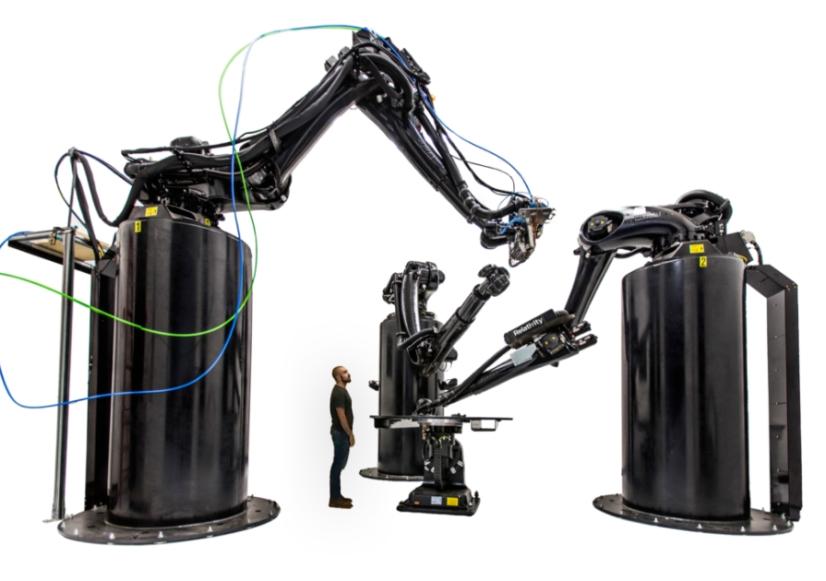
1 minute read
HYBRID DESIGN
The Hybrid Design presents a method for generation of 3D models based on shape and topology optimization, while giving the freedom to customise each layer of the optimized geometry. The optimization procedure, or model generation process, is initialized by a set of boundary conditions, an objective function, constraints and an initial structure. Using this input, the method will automatically deform and change the topology of the initial structure such that the objective function is optimized subject to the specified constraints and boundary conditions. In our dissertation we ran 17 iterations of topology optimization and redesigned the optimized structure to a more finished output, while keeping the principles of topology optimization, This method can be used to improve the stiffness of a structure before printing, reduce the amount of material needed to construct a bridge, or to design functional chairs, tables, etc. which at the same time are visually pleasing.
The presented method is the first to optimize both the 3D shape and topology of a surface mesh with the use of an implicit customisable printing pass. The first layer utilises Differential Growth Algorithm to create a single polyline, the next layer uses a continuous Spiral and finally the Linear printing pass. Consequently, the method accepts a surface mesh as input and outputs a 3D printed geometry which has been optimized and fine tuned in stiffness, elasticity, tension and compression relevant to the desired product. Furthermore, as opposed to standard fixed grid methods, our method makes it possible to generate detailed designs within reasonable time by anybody willing to test the relationship between design and finished product.
Advertisement
90 m 84 m











